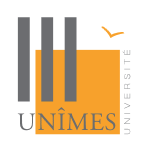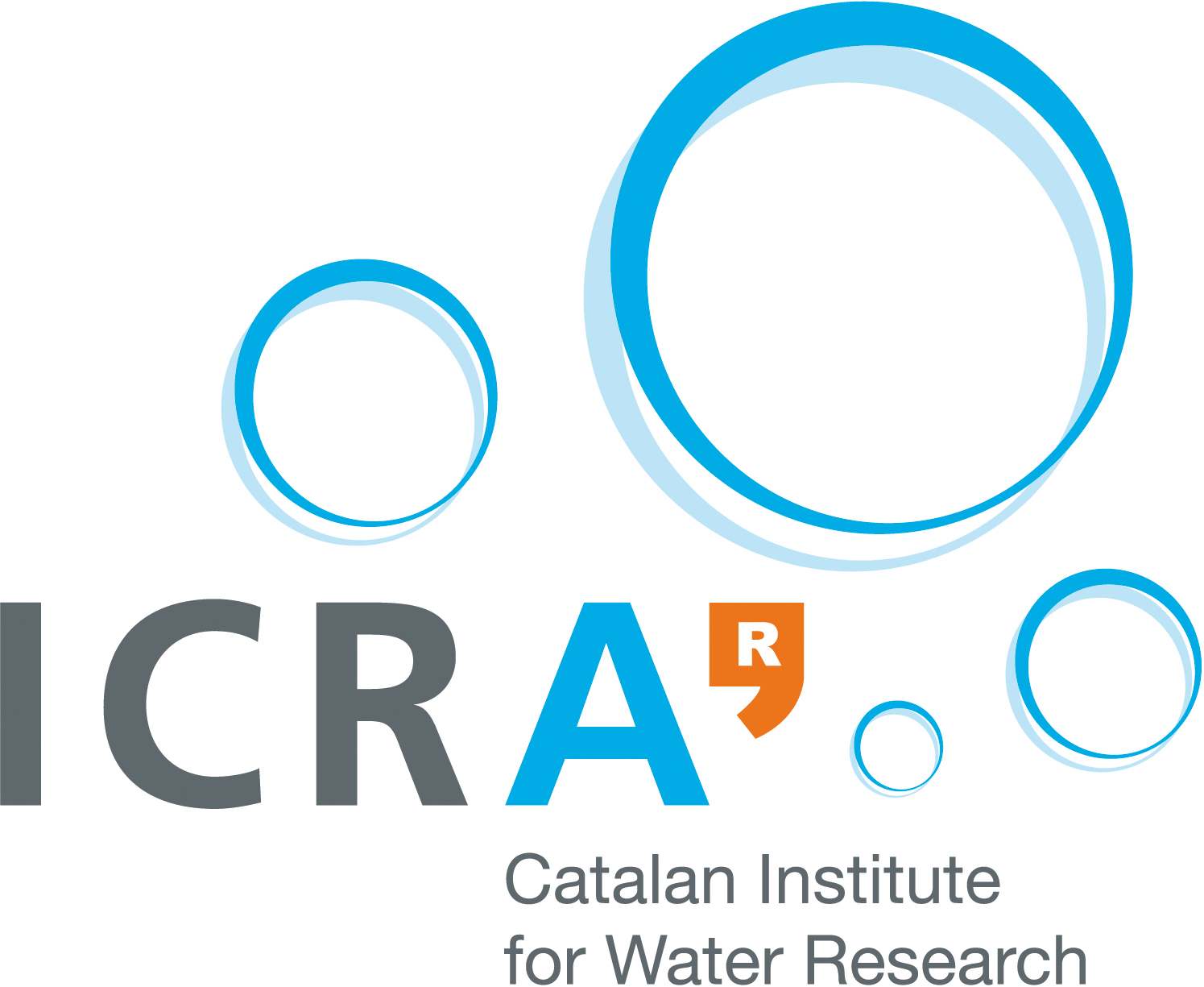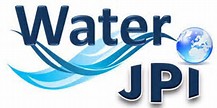Persistence and fate of emerging contaminants and multi-resistant bacteria in a continuum of surface water – groundwater : the case of the Vistrenque aquifer
INSTITUTE
University of Nîmes, CHROME EA 7352 / University Hospital Caremeau
Nîmes, France
http://chrome.unimes.fr/
Funding agency: French National Agency for Water and Aquatic Environments (ONEMA) – France.
CONTACT PERSONS
- Corinne Le Gal La Salle (IP): corinne.legallasalle@unimes.fr
- Lara Sassine (postdoc researcher): lara.sassine@unimes.fr
AIMS
The main objective consists on investigating the occurrence and fate of emerging organic contaminants “EOCs” (mainly pharmaceuticals) and their effect on microbial communities in the surface water – groundwater continuum.
This work package consists on 3 main tasks :
- Characterize the occurrence and fate of EOCs in groundwater at the catchment scale over a general survey. A geochemical and isotopic approach is considered to allow tracing both the origin and residence time of groundwater in order to investigate those of pharmaceuticals.
- Evaluate the fate of EOCs and antibiotic resistant bacteria in surface water dowgradient from a wastewater treatment plant in order to assess their fate in streams.
- Identify the fate of EOCs and antibiotic resistant bacteria during transfer process from surface water to groundwater
- Integrate results in a comprehensive conceptual model that determines the persistence and fate of EOCs in the environment, as complementary information to assess a sustainable use of groundwater resources.
STUDY AREA
The Vistrenque aquifer is a 325 km² shallow alluvial aquifer mostly unconfined while locally confined with loess and silts deposits of recent Quaternary age, at the right bank of the Vistre stream. It has a high socio-economic importance, as groundwater is abstracted for public water supply, agricultural uses, industrial uses, and for personal supply. The aquifer is mainly recharged by precipitation infiltration and by lateral flow from neighboring karst aquifer. Discharge of stream water in the alluvial aquifer was evidenced locally using geochemical tracers (Sassine et al., 2015). As streams are the main receptor media of WWTP effluents, the stream water quality is contaminated with pharmaceutical compounds and antibiotics resistant bacteria. Therefore, the transport of pharmaceutical compounds from surface water to groundwater is possible. Hence, the alluvial aquifer may be vulnerable to EOCs contamination via the infiltration of stream water, which receives effluents of wastewater treatment plants, or even by the leakage of sewage from unconfined septic tanks.
On the study area, mainly occupied with agricultural activities, pesticides were assessed since 1997 in groundwater. While EOCs were only analyzed on 2 sampling points during the national screening of groundwater for regulated and emerging contaminants (2011). Therefore, more attention should be required for EOCs in order to to better understand their fate in the environment.
HIGHLIGHTS
A preliminary study showed that 12 pharmaceuticals over 38 analyzed were detected in surface waters corresponding to different families of drugs : analgesics (diclofenac, ketoprofen), psycholeptics (carbamazepine), antibiotics (spiramycin, erythromycin, roxithromycin, and ofloxacin), antihyperlipidemics (fenofibric acid), β-blockers (Propanolol hydrochloride), and anxiolitics (oxazepam). In stream water, diclofenac and carbamazepine showed the highest concentrations up to 300 ng/L.
In groundwater (41 samples), carbamazepine and diclofenac were the only pharmaceuticals detected with respective frequencies of detection of 25% and 2%, and maximum concentrations of 48 and 11 ng/L.
References



